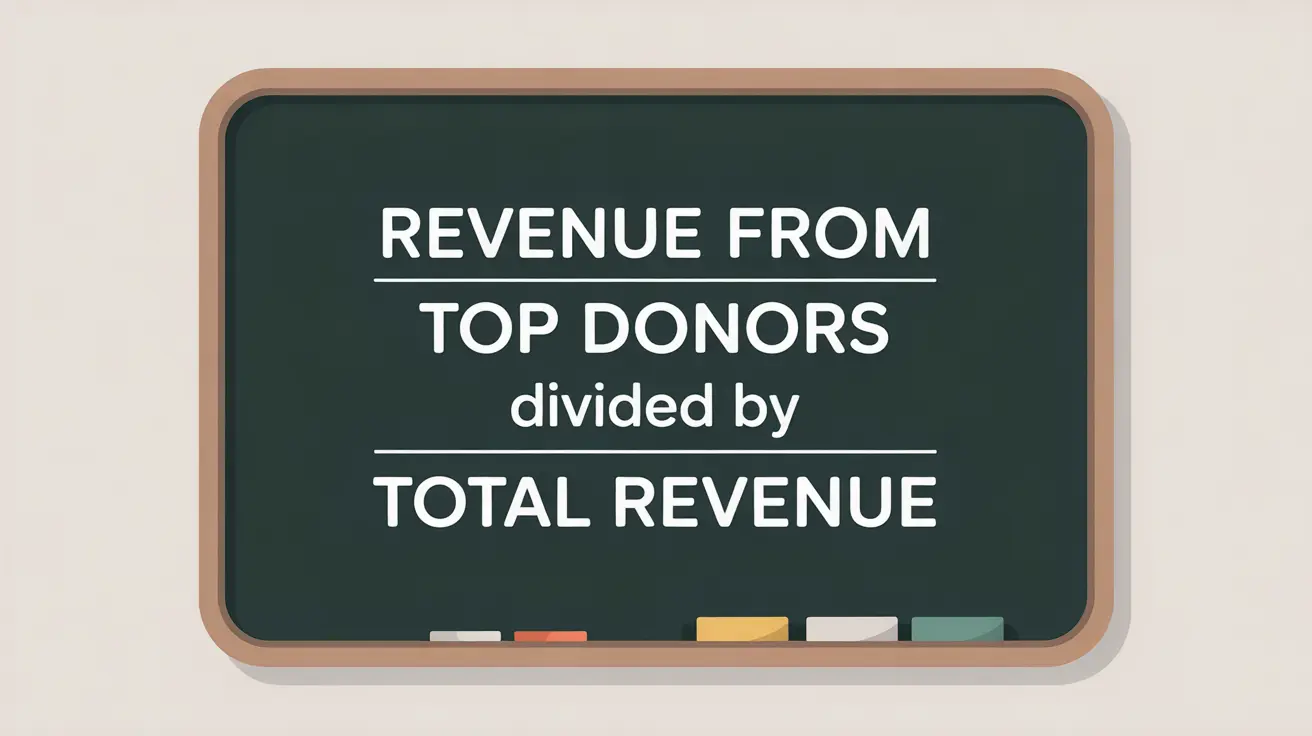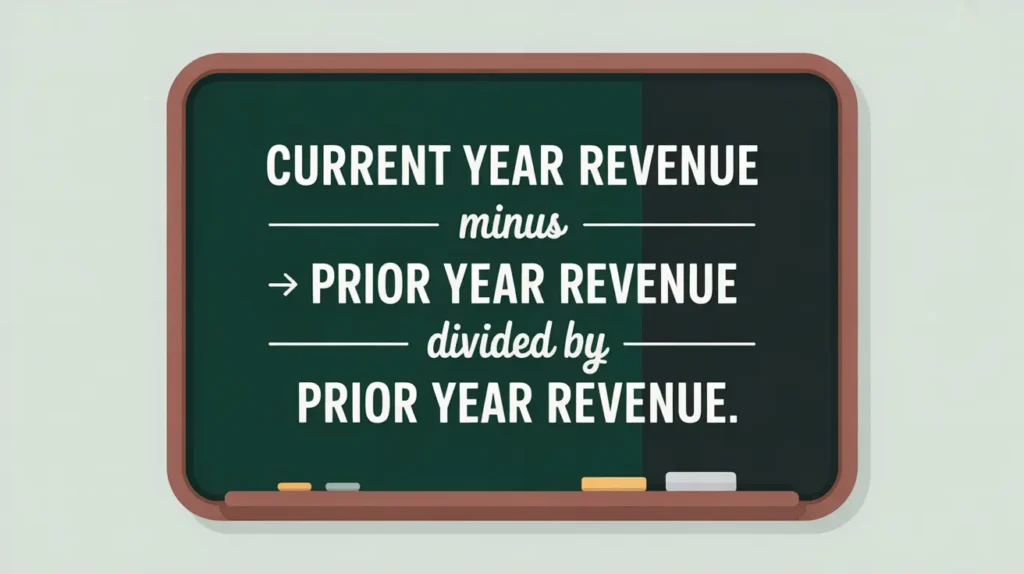Importance of the Revenue Concentration Ratio
The revenue concentration ratio measures how dependent a nonprofit is on its top donors or revenue sources. It matters because high concentration increases vulnerability: if a single donor reduces or withdraws support, the organization may face financial instability. Boards, donors, and regulators often review this measure to assess sustainability and diversification. For nonprofits in social innovation and international development, where large grants from governments or multilaterals often dominate budgets, this ratio is crucial to understanding risk exposure and the need for diversification.
Definition and Features
The revenue concentration ratio is defined as:
Revenue from Top Donor or Source divided by Total Revenue.
Key features include:
- Risk Exposure Indicator: shows whether the organization is reliant on one or a few donors.
- Diversification Signal: lower ratios suggest a more balanced funding portfolio.
- Board Utility: helps boards and leadership shape fundraising strategies.
- Donor Confidence: demonstrates resilience and reduces concerns about overreliance.
How This Works in Practice
If a nonprofit receives $10 million in revenue and $6 million comes from a single multilateral donor, the revenue concentration ratio is 0.60 (60%). This suggests significant dependency on one source. Leadership might respond by seeking to grow individual giving or corporate partnerships to reduce concentration risk. Boards often track this measure annually to ensure that donor diversification is part of the strategic plan.
Implications for Social Innovation
For nonprofits in social innovation and international development, the revenue concentration ratio provides a direct view of resilience in the funding mix. A high ratio indicates overreliance on one donor, which may threaten stability if policies or funding priorities shift. A more balanced ratio reassures funders that the nonprofit can withstand shocks and maintain continuity of programs. By monitoring this ratio, organizations can demonstrate proactive risk management, strengthen donor trust, and position themselves for sustainable growth that supports systemic change.







